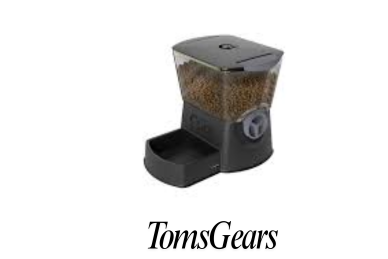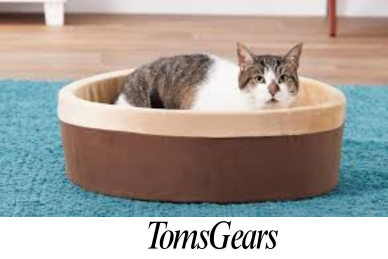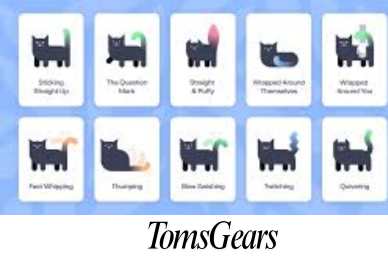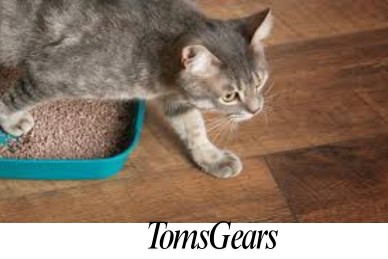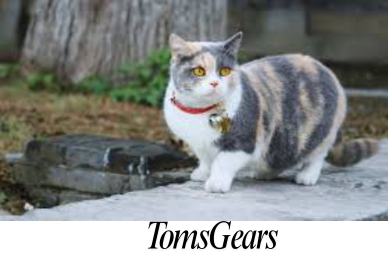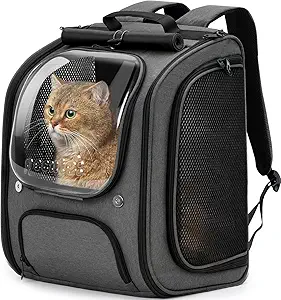How Wood Pellet Cat Litter Works?
Wood pellet cat litter has gained significant popularity in recent years, with more and more cat owners switching from traditional clay or silica-based litters to this eco-friendly alternative. What makes it stand out is its ability to absorb moisture effectively, control odors naturally, and produce less dust. In this article, we’ll dive deep into how wood pellet cat litter works, its benefits and downsides, and how you can successfully use it for your feline companions.
What Is Wood Pellet Cat Litter?
Wood pellet cat litter is made from compressed sawdust, usually from softwood trees like pine. This byproduct of the lumber industry is processed into small, dense pellets that are highly absorbent. One of the best aspects of wood pellet litter is that it’s biodegradable. Unlike clay litter, which requires mining and can take years to break down, wood pellets return to nature more quickly and with less environmental impact.
In its natural state, wood is known for its ability to absorb moisture, and this characteristic is retained in the pellet form. When wood pellets come into contact with liquid, they expand and break down into sawdust, effectively trapping moisture and odors.
How Wood Pellet Cat Litter Works?
Wood pellet cat litter functions differently from traditional cat litters, and understanding how it works will help you maintain a cleaner, odor-free home.
When your cat urinates on the wood pellets, they absorb the moisture quickly and break apart into fine sawdust. This process is due to the structure of the wood fibers, which expand and disintegrate upon absorbing liquids. The result is a fine sawdust layer that stays at the bottom of the litter box while the remaining pellets sit on top.
Wood naturally contains compounds that help bind to ammonia, the chemical in cat urine that produces a pungent smell. This means that the wood pellets not only soak up the urine but also actively reduce the odor, leaving the box smelling fresher for longer periods compared to clay or silica litters.
The breakdown process of the pellets is gradual, and they won’t all turn to sawdust immediately after a single use. Over time, as more urine is absorbed, the pellet layer turns into a mix of whole pellets and sawdust, which can easily be separated using a sifting litter box.
Advantages of Wood Pellet Cat Litter
Eco-Friendly
One of the key reasons people switch to wood pellet cat litter is its eco-friendliness. Unlike traditional clay-based litters, which are sourced from strip mining, wood pellet litter is made from a renewable resource—sawdust. Not only is it biodegradable, but you can also compost it (if it contains only urine and no feces), which reduces waste. This makes it a popular choice among environmentally conscious pet owners.
Low Dust Litter
Another major advantage is the low dust production. Clay litters often produce a significant amount of dust, which can be harmful to both cats and their owners, especially those with respiratory problems. Wood pellets, being larger and denser, create much less dust, reducing the risk of respiratory issues.
Less Tracking
Additionally, wood pellet litter is known for its ability to minimize tracking. Traditional clay or fine-grained litters often stick to your cat’s paws and end up scattered around the house. Wood pellets, due to their larger size, are less likely to cling to paws, resulting in a cleaner living space.
Less Odor
Odor control is another area where wood pellet litter excels. The natural scent of wood, combined with its ability to neutralize ammonia, results in excellent odor management. Many cat owners find that their homes smell fresher and that they need to replace the litter less frequently.
Disadvantages of Wood Pellet Cat Litter
Despite its many advantages, wood pellet litter has some downsides. One challenge cat owners may face is the transition process. Cats that are used to finer, sandy litters may not immediately take to the texture of wood pellets, which are larger and coarser.
The larger size of the pellets also means that they may not effectively cover solid waste. In traditional litters, cats tend to bury their waste, which helps mask odors. With wood pellets, this process can be more difficult, necessitating more frequent cleaning of solid waste to keep the box sanitary.
Another potential downside is the breakdown of pellets into sawdust. While this is a key feature of how the litter works, it can create a mess if not managed properly. Sawdust can gather at the bottom of the litter box, and if the litter is not cleaned regularly, it can get tracked outside the box.
How to Use Wood Pellet Cat Litter?
To get the most out of wood pellet cat litter, it’s essential to set up and maintain the litter box correctly.
Start by filling the litter box with about 2-3 inches of wood pellets. While it may seem like a shallow amount, wood pellets expand significantly as they absorb moisture, so there’s no need to overfill the box. Some cat owners find that using a sifting litter box designed for pellet systems helps extend the life of the litter. These boxes have a tray with holes at the bottom, allowing sawdust to fall through while keeping the solid pellets on top.
Daily maintenance involves scooping out solid waste and stirring the remaining pellets. As the pellets break down into sawdust, you can sift out the sawdust and replace it with fresh pellets as needed. A full litter change is typically required every two weeks, although this can vary depending on how many cats are using the box and how frequently it’s cleaned.
Wood Pellet Litter Vs Traditional Litters
Wood pellet litter offers some distinct advantages over traditional clay or silica gel litters. One of the primary differences is dust production. While clay litters can produce large amounts of dust, wood pellets produce minimal dust.
In terms of cost, wood pellet litter is often more economical in the long run. While the initial purchase may be slightly higher than clay litters, wood pellets last longer because of their high absorbency.
When comparing odor control, wood pellet litter also excels due to the natural properties of wood that help neutralize ammonia. Clay litters, while effective, often rely on artificial scents or chemicals to mask odors, which can be irritating for both cats and humans.
| Litter Type | Dust Production | Odor Control | Tracking | Cost |
| Wood Pellet Litter | Low | Excellent | Low | Economical |
| Clay Litter | High | Good | Moderate to High | Moderate |
| Silica Gel Litter | Moderate | Excellent | Low | High |
Wrapping Up
Wood pellet cat litter is an eco-friendly, cost-effective, and healthy option for managing your cat’s litter box. Its unique absorbency, low dust production, and natural odor control make it a standout choice for many cat owners. While there are a few downsides to consider, such as the transition period for your cat and the potential for sawdust mess, these can be easily managed with proper setup and maintenance. If you’re looking for a sustainable way to care for your cat while reducing your environmental impact, wood pellet litter is worth considering.

